

Danum Valley
a Borneo rain forest
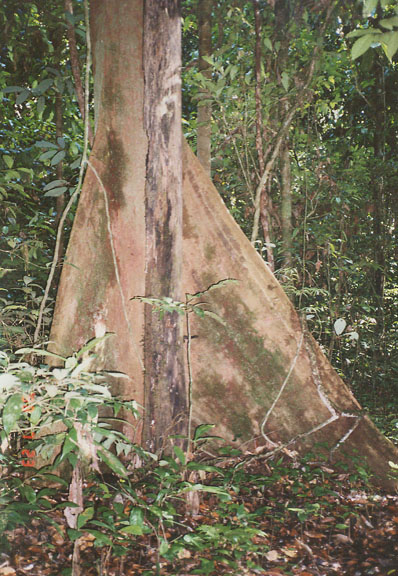
fig tree
Sabah
, state of Malaysia, which, together with the state of Sarawak and the federal territory of Labuan, makes up East Malaysia. Prior to 1963 Sabah was the British Crown Colony of North Borneo. Occupying the northernmost part of the island of Borneo, it is bounded on the northwest and north by the South China Sea, on the northeast by the Sulu Sea, on the southeast by the Celebes Sea, on the south by Borneo (Kalimantan), and on the west by Sarawak. Its total area, including the island of Labuan (a federal territory), is about 73,620 sq km (28,425 sq mi), with a coastline of about 1450 km (900 mi).
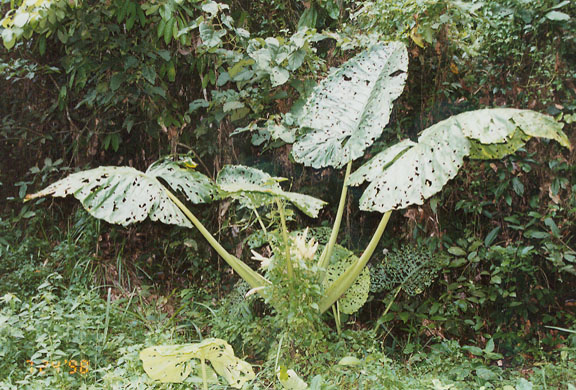
jungle vegetation
Sabah is extremely mountainous; the only lowlands of importance are confined to the coastal region. A number of broad upland valleys traverse the interior. The highest peaks are found in the western part of the state; Mount Kinabalu (4101 m/13,455 ft) is the highest summit on the island. Both the coastal belt and the mountain slopes are heavily forested. Streams are numerous and because of the rugged terrain are generally swift and interrupted by rapids.
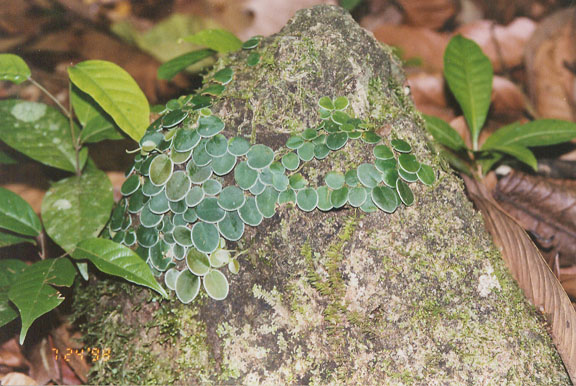
lichens on a rock
The Kinabatangan River is navigable by light-draft vessels for about 193 km (about 120 mi) inland from the Sulu Sea. The Labuk and Padas rivers are also important waterways. The coastline is indented by several large bays and natural harbors. Tropical climatic conditions prevail throughout most of Sabah.
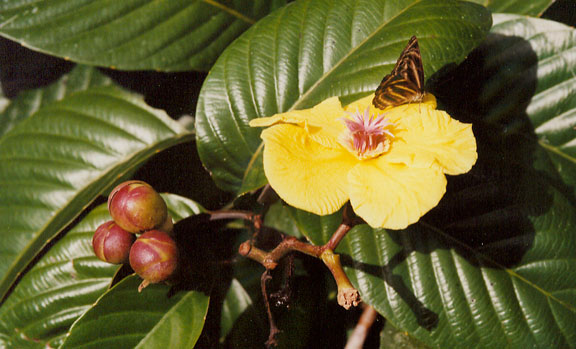
flower
Kota Kinabalu, formerly Jesselton, the capital, had a population of 208,484 in 1991. Other important communities include Tawau (244,765) and Sandakan (223,432). The total population (1990) of 1,736,902 is composed of indigenous peoples and Chinese, as well as Malays, Eurasians, Europeans, and others. The main ethnic groups are Dayak peoples and include the Dunsun, Bahau, and Brunei (agricultural and fishing groups), Murut (hill dwellers), Suluk (mostly seafaring people), and the largest group, the Kadayan (primarily agricultural people).
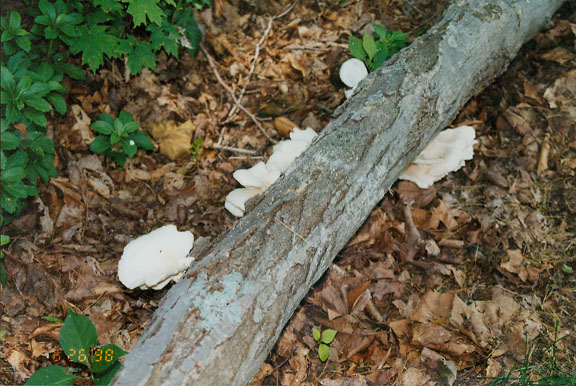
fungus
The forests yield considerable timber, rubber, rattan, and other products. Extensive mineral deposits exist, including tin, antimony, diamonds, iron, and sulfur, but exploitation is hampered by poor transportation. Agriculture, forestry, and fishing are the leading industries. Rubber, timber, hemp, dried and salted fish, tobacco, and copra are the main exports.
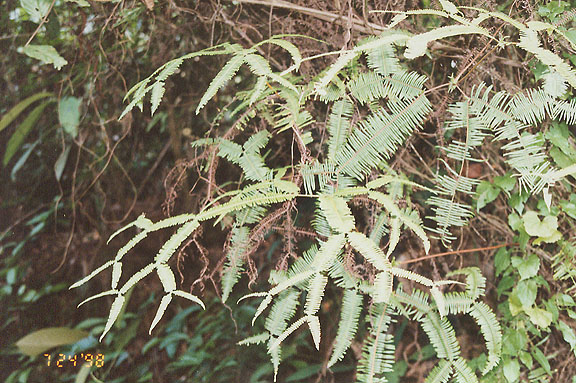
vegetation
Executive authority is vested in the head of state (called the Yang di-Pertua Negeri), who is advised by a state cabinet. The legislative assembly consists of 48 elected members and not more than 6 nominated members.
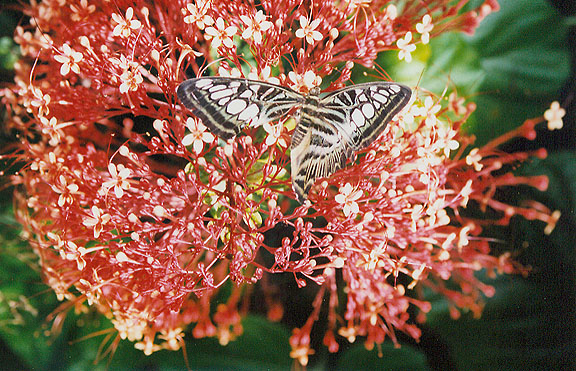
butterfly or moth?
The region came under British control in 1877 when a British trading syndicate, later called the British North Borneo (Chartered) Company, obtained concessions from the sultans of Brunei and Sulu and other rulers in the region. The British North Borneo Company, under a royal charter granted in 1881, undertook the administration of the region.
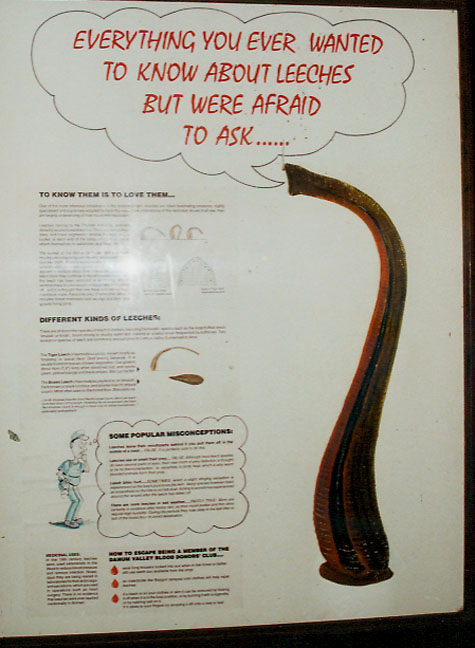
leeches
but the forest has dangers!
In 1888 North Borneo was made a British protectorate, but the company retained its administrative powers until 1946, when British North Borneo was proclaimed a Crown Colony. During World War II (1939-1945) the region was occupied by Japanese forces. When the Federation of Malaysia came into existence on September 16, 1963, British North Borneo, renamed Sabah, became a member state.
Text from Microsoft Encarta
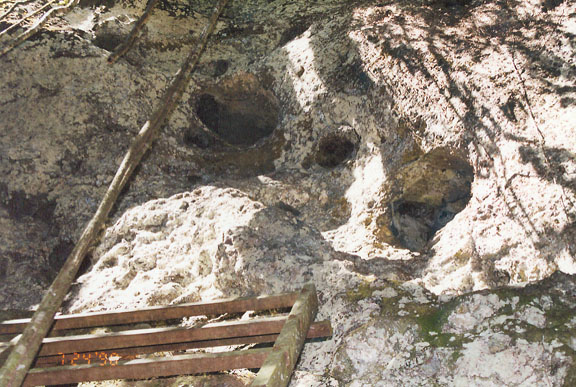
graves in the rock
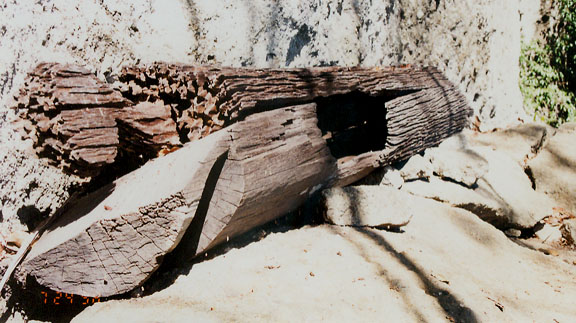
a wood coffin
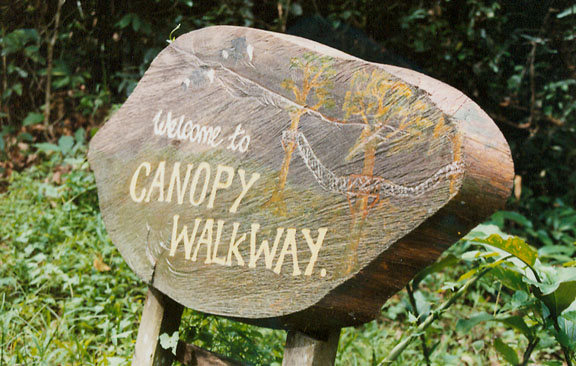
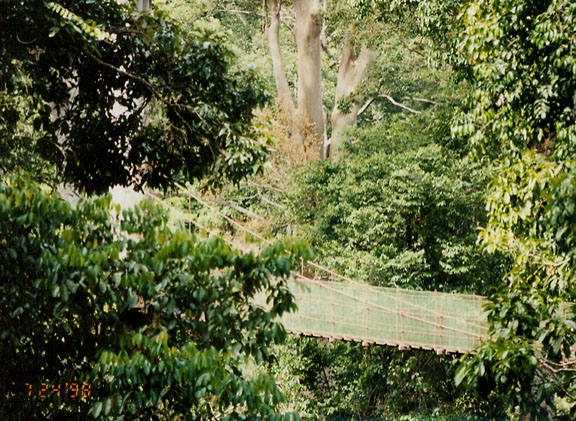
the walkwayay
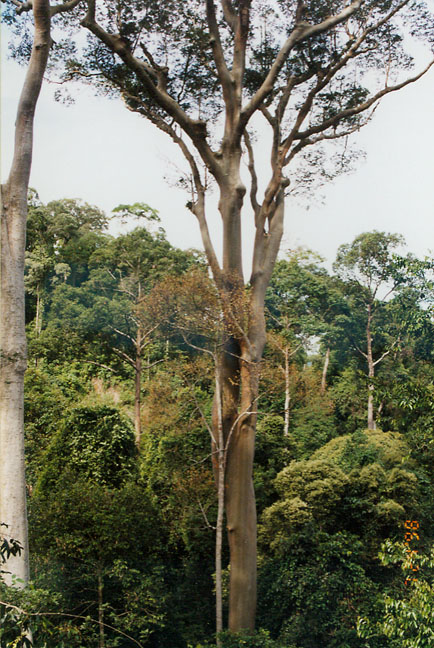
viewing the canopy
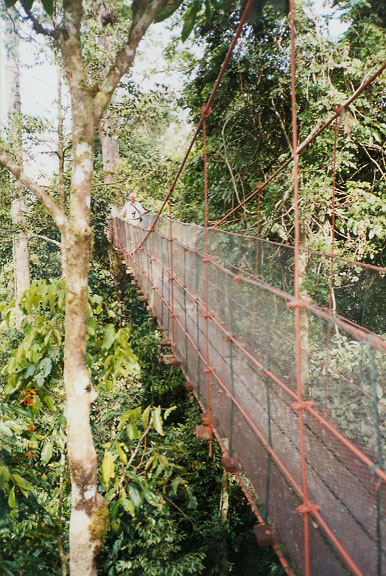
"The Traveler" attempting the aerial walkway

shoe rack at the hotel
(to keep the jungle mud out of the rooms)
I left my shoes behind, till I
return again
(probably still there, many years later)
![]()
![]()